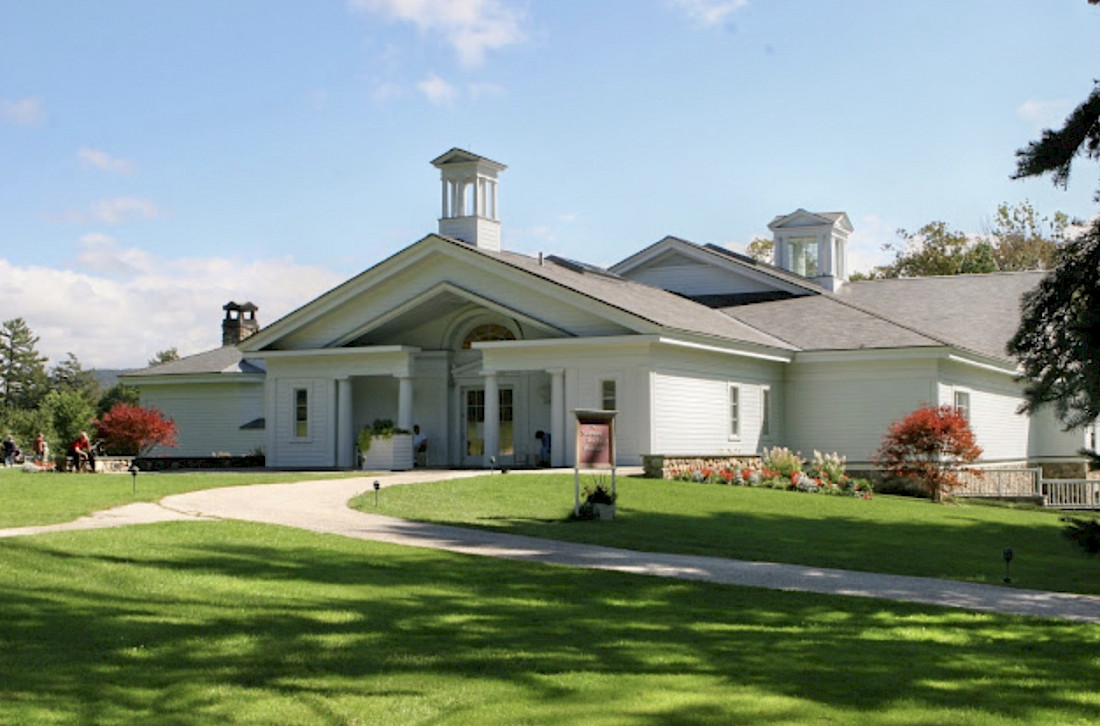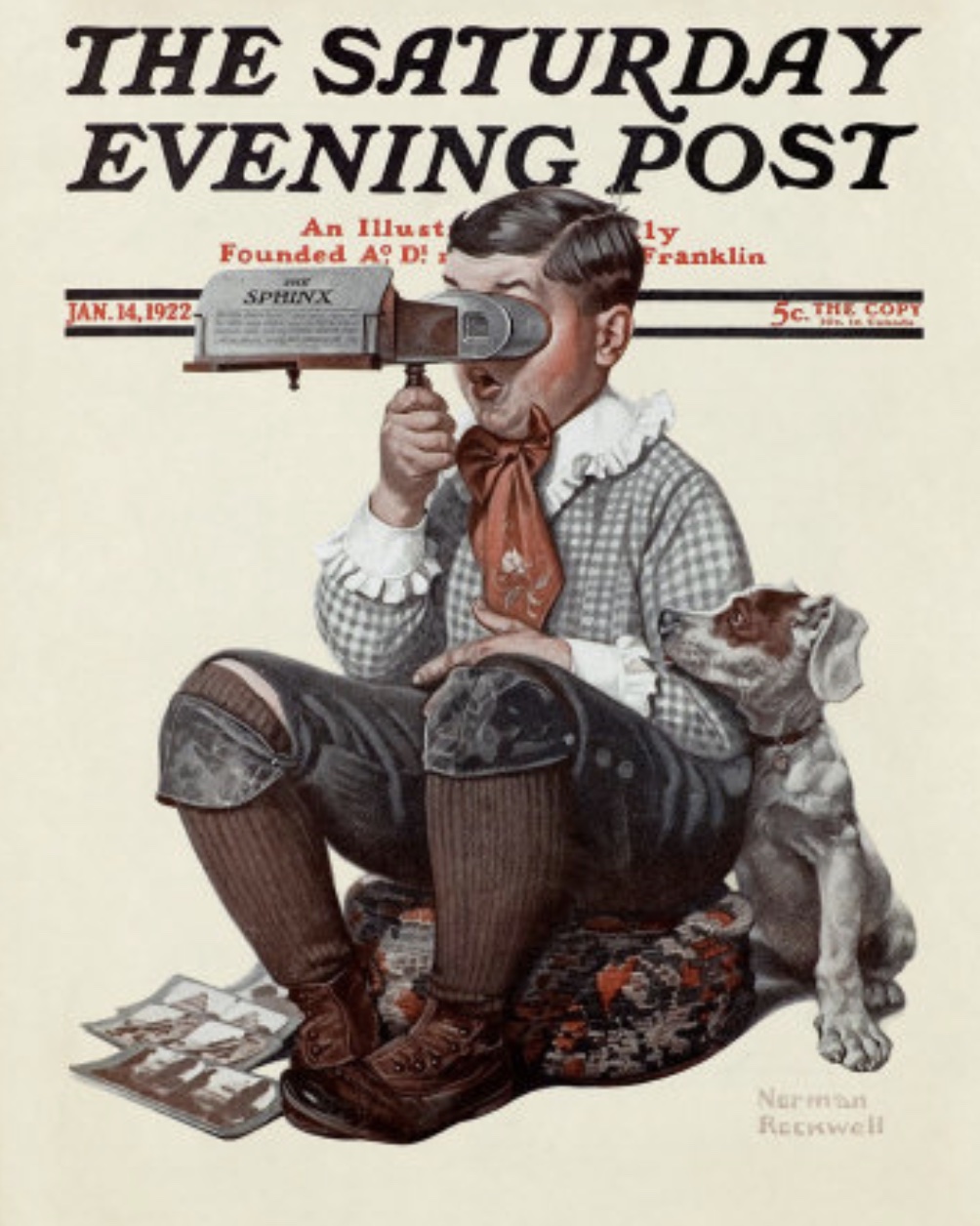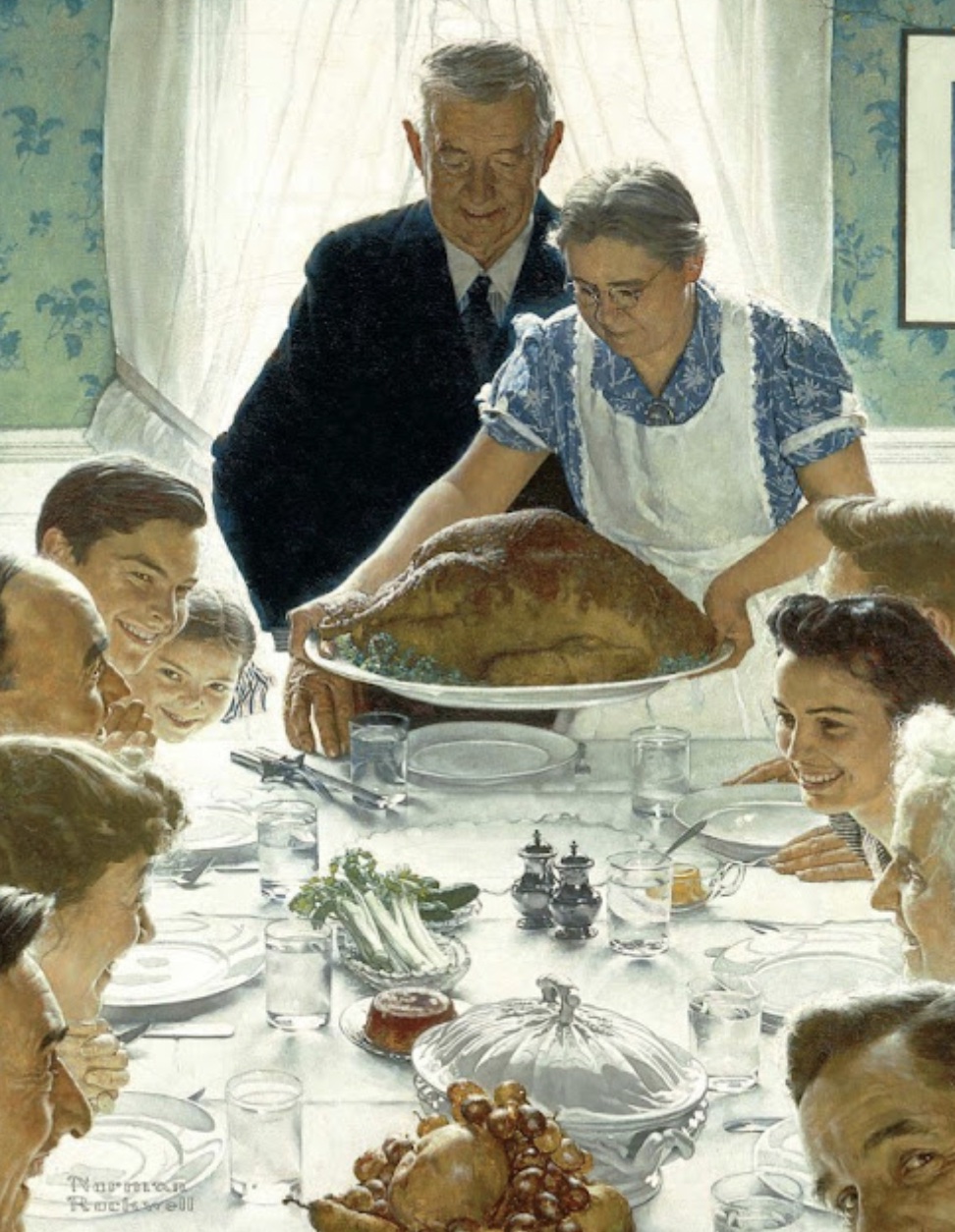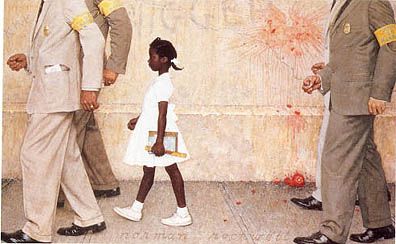American Painter Norman Rockwell
Why Artist Norman Rockwell is Still Important
When it comes to art, beauty is in the eye of the beholder. One of America’s most beloved authors, artists, and illustrators is Norman Rockwell, best remembered for his idealized images of America. The best place to discover the range and depth of his artwork is at The Norman Rockwell Museum in Stockbridge, Massachusetts. Rockwell, a native New Yorker, moved from Arlington, Vermont to Stockbridge in 1953. He lived there for the last 25 years of his life. In 1973, he established a trust to preserve his artistic legacy with the Stockbridge Historical Society and founded the museum. The museum is dedicated to the “enjoyment and study of Rockwell’s work and his contribution to society, popular culture, and social commentary.”

Visiting the Norman Rockwell Museum
Set on 36 acres, the “Rockwellesque” museum is comprised of three buildings overlooking the Housatonic River. The museum gives visitors an insight into both the life and work of this master artist in its ten beautifully appointed galleries. The white clapboard main gallery with its’ classic Greek Revival style houses the world’s most extensive collection of Norman Rockwell’s original art including 998 original paintings and drawings. There is also an archive of more than 100,000 items including letters and business documents. Moved from his home in downtown Stockbridge to the grounds of the museum visitors can tour the Norman Rockwell Studio that is set up as he would have worked in it. Tools of the trade, photos of models, paints, brushes, and artwork are on display. In addition to the permanent Rockwell Collection, the museum also has changing exhibits from other artists that are inspired by Rockwell’s drawings, paintings, and illustrations.

About Rockwell’s Paintings
All of Rockwell’s paintings and drawings reflect American life in the early and mid-20th century. He would spend hours with various models directing them to pose or smile as he sketched or photographed them. Visitors will see the famous illustrator’s original paintings, his studio, and American illustration exhibits. This museum holds the largest and most significant collection of Norman Rockwell’s original artwork. Visitor favorites include timeless illustrations from the Saturday Evening Post such as Tiny Tim and Bob Cratchit (1934), Saying Grace (1951), Thanksgiving: Mother and Son Peeling Potatoes (1945), the Marriage License (1955), and Girl at Mirror (1954). The beauty of these paintings is that they show ordinary Americans going about their daily lives and simple pleasures from people working, praying, gossiping, dating, playing, and even to going off to war. Most often, his images illustrated current events and trends of the time. What makes Rockwell’s work timeless is that the people he depicts are expressive making them relatable, even in the 21st century. It has been said that people respond to his artwork because they see the best of themselves in it.
 Freedom from Want.
Freedom from Want.Some of Rockwell’s most powerful works are known as the “Four Freedoms,” painted in 1943. These paintings are Rockwell’s artistic interpretation of the 1941 State of the Union address by President Franklin D. Roosevelt about the preservation of democratic values in the face of WWII. This quartet of paintings, Freedom from Want, Freedom from Fear, Freedom of Speech, and Freedom of Worship were used as covers on the Saturday Evening Post. They were also used to raise $133 million in war bonds from exhibition tickets and the sale of posters. It was the most successful war bond sales campaign during the war.
In the 1960s, Norman Rockwell joined Look Magazine and his illustrations supported the Civil Rights movement. One of his most poignant pieces is titled, “The Problem We All Live With.” It dates to 1964 and shows a little African - American girl on her way to her recently de-racialized school. Four police officers escort her to her new school and a tomato thrown against the wall symbolizes the threat to this child. He continued to support the Civil Rights movement with additional paintings such as “Southern Justice” in 1963 and “New Kids in the Neighborhood” in 1967.

One of his most famous paintings, the Golden Rule was painted in 1961 and is a mosaic of people from all walks of life and ethnic backgrounds. In 1985, First Lady, Nancy Reagan, in the name of the United States offered this painting to the United Nations for its 40th anniversary.
Rockwell is a master visual storyteller whose work is still relatable. Today, we treasure his work because it represents a reflection of American culture that show everyday life. This museum is a highlighted stop on our small group tour of New England and on our small group tour of the Berkshires.
